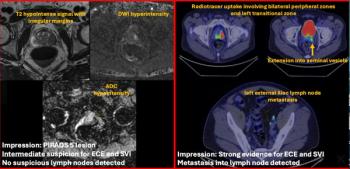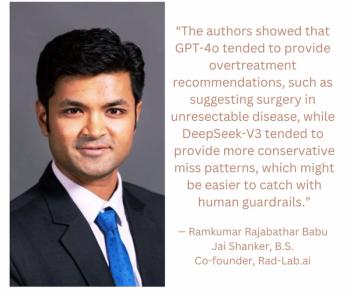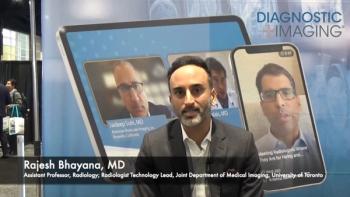
Diagnostic Imaging's A Look Ahead: April 5, 2021, to April 9, 2021
Here's what to expect this week on Diagnostic Imaging.
In this week’s preview, here are some highlights of what you can expect to see coming soon:
Much has been reported recently about the low utilization rate of low-dose CT lung cancer screening. In a new study published in the Journal of the American College of Radiology, investigators explored the factors behind low adherence to annual screening, as well as what might influence patients to follow the screening schedule. Look for a detailed story later this week.
For more lung cancer screening coverage
For more coverage based on industry expert insights and research, subscribe to the Diagnostic Imaging e-Newsletter
Chest CT is routinely used to provide a great deal of information about the heart or to screen for lung cancer, but it can offer up valuable data about other conditions, as well. In an article on a study that will be released later this week, we will outline how the scan can be used to shed light on risks faced by patients with other lung-related conditions. Keep your eye out for the story.
For more coverage chest CT
Digital breast tomosynthesis is now widely used and is known for its better detection rate and efficacy in women with dense breast tissue. But, it turns out the scan offers additional benefits in detecting some of the most aggressive forms of breast cancer. Watch out for an article later this week that will discuss the details of a new study released this week.
For additional digital breast tomosynthesis coverage
Newsletter
Stay at the forefront of radiology with the Diagnostic Imaging newsletter, delivering the latest news, clinical insights, and imaging advancements for today’s radiologists.




























